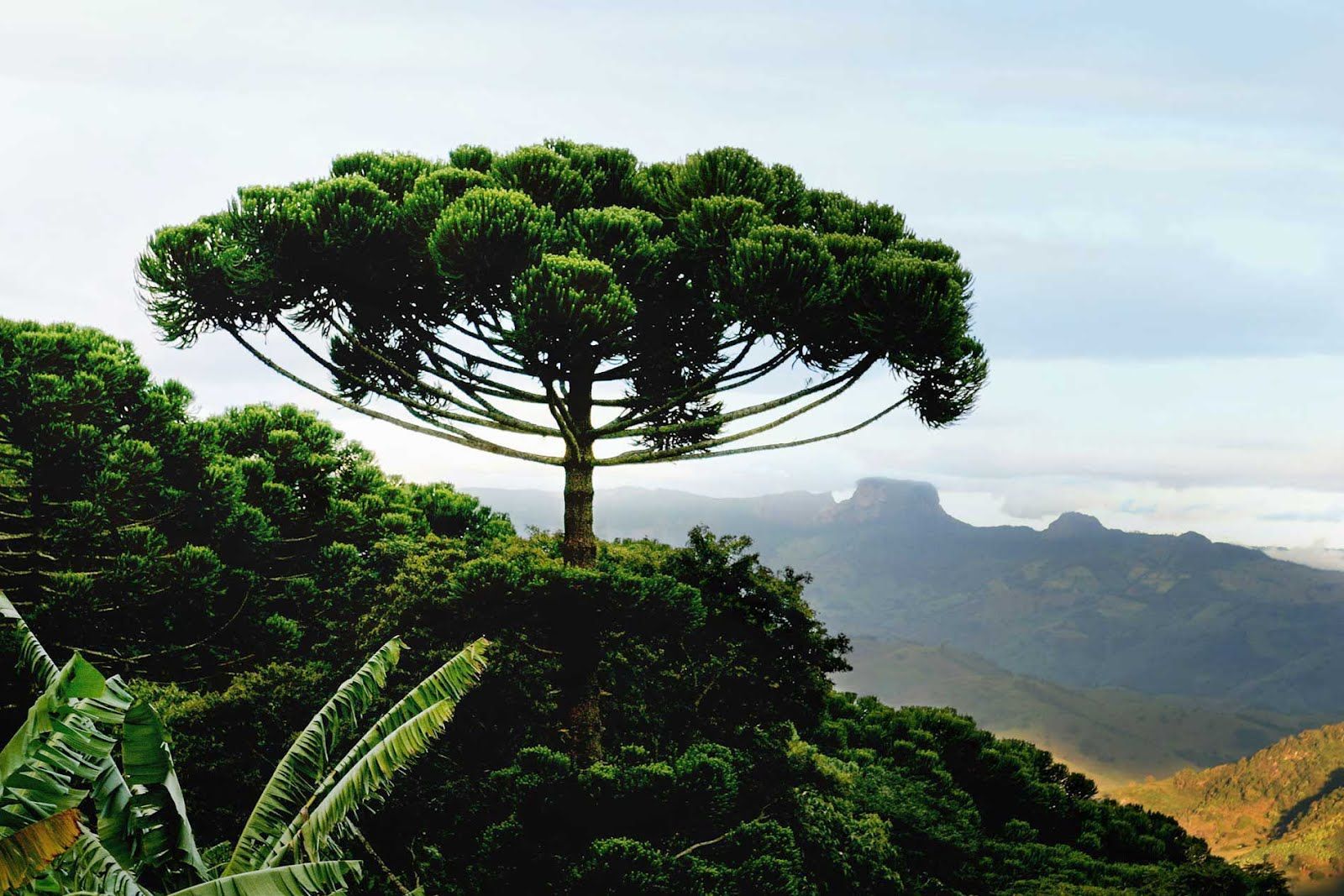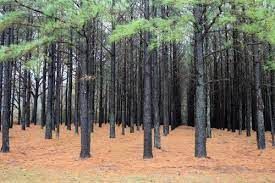Forestry
It is a system dedicated to the study of natural and artificial methods of regenerating and improving forest stands with a view to meeting market needs and, at the same time, applying this study to the maintenance, exploitation and rational use of forests.
Species we grow
Meet them all
Yerba Mate
Yerba mate (Ilex paraguariensis) is a tree in the Aquifoliaceae family, native to the subtropical region of South America in Paraguay. It is consumed as a hot tea (chimarrão) or cold (tereré). Tereré is the typical drink of Mato Grosso do Sul, and is widely consumed in Mato Grosso, Rondônia and Acre. It is also used to make dyes.
Studies have detected the presence of many vitamins, such as B complex, vitamin C and vitamin D, as well as minerals such as calcium, manganese and potassium in the herb. It also combats free radicals, aids digestion and produces antirheumatic, diuretic, stimulant and laxative effects.
Araucaria Pine
It is large, reaching up to 50 meters in height, forming the upper layer of the forest. When young, the plants have a cone-shaped crown, which becomes cup-shaped when they are adults. The trunk is straight and branches only at the top, forming a characteristic crown. The leaves are dark green in color and persist throughout the winter.
Pinus
Fast-growing tree, but not very long-lived compared to standard wild pines (around 200 years), prefers a humid climate and soil. It is distinguished from Pinus taeda by being larger, with more rounded leaves and larger pine cones; and Pinus palustris because it is shorter, has thinner needles and shorter pine cones. Large with a height between 18.0m and 30.0m.




